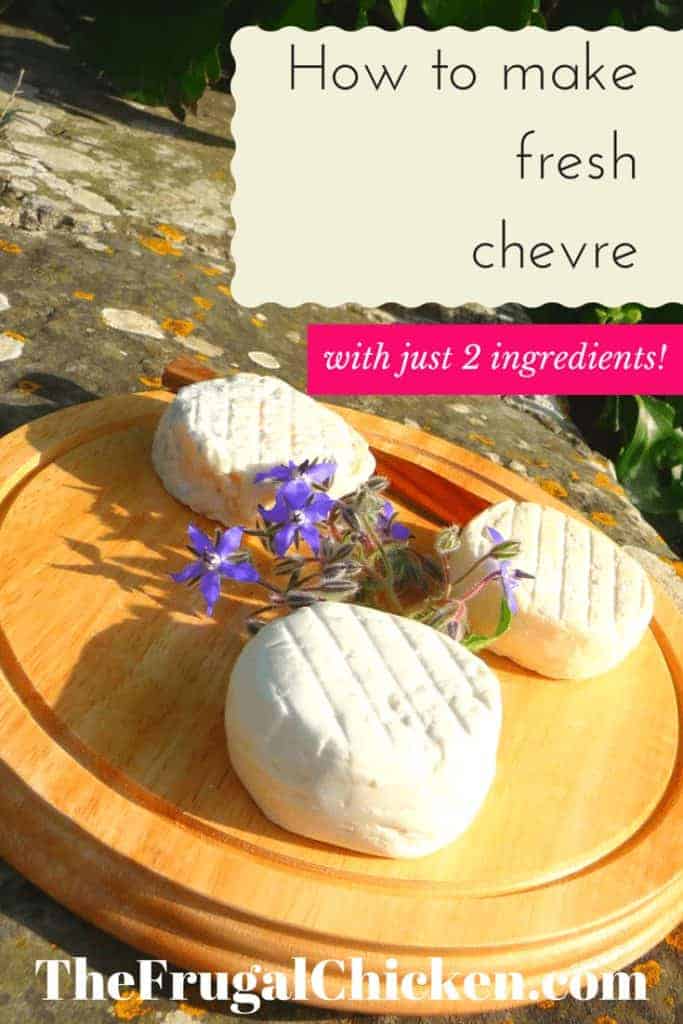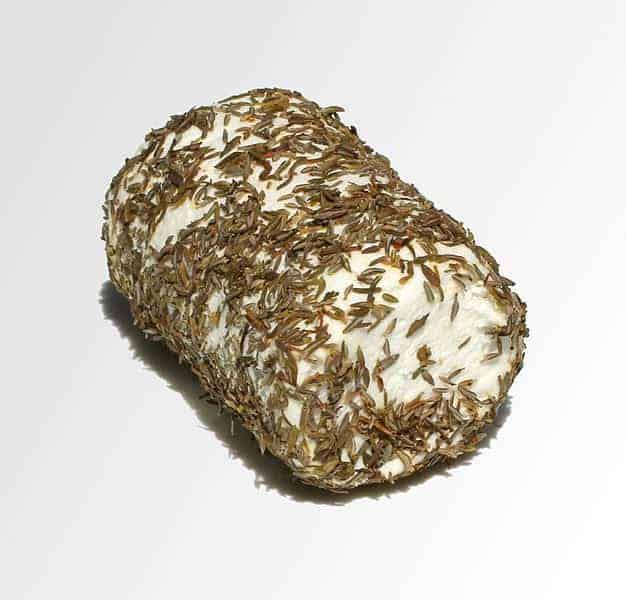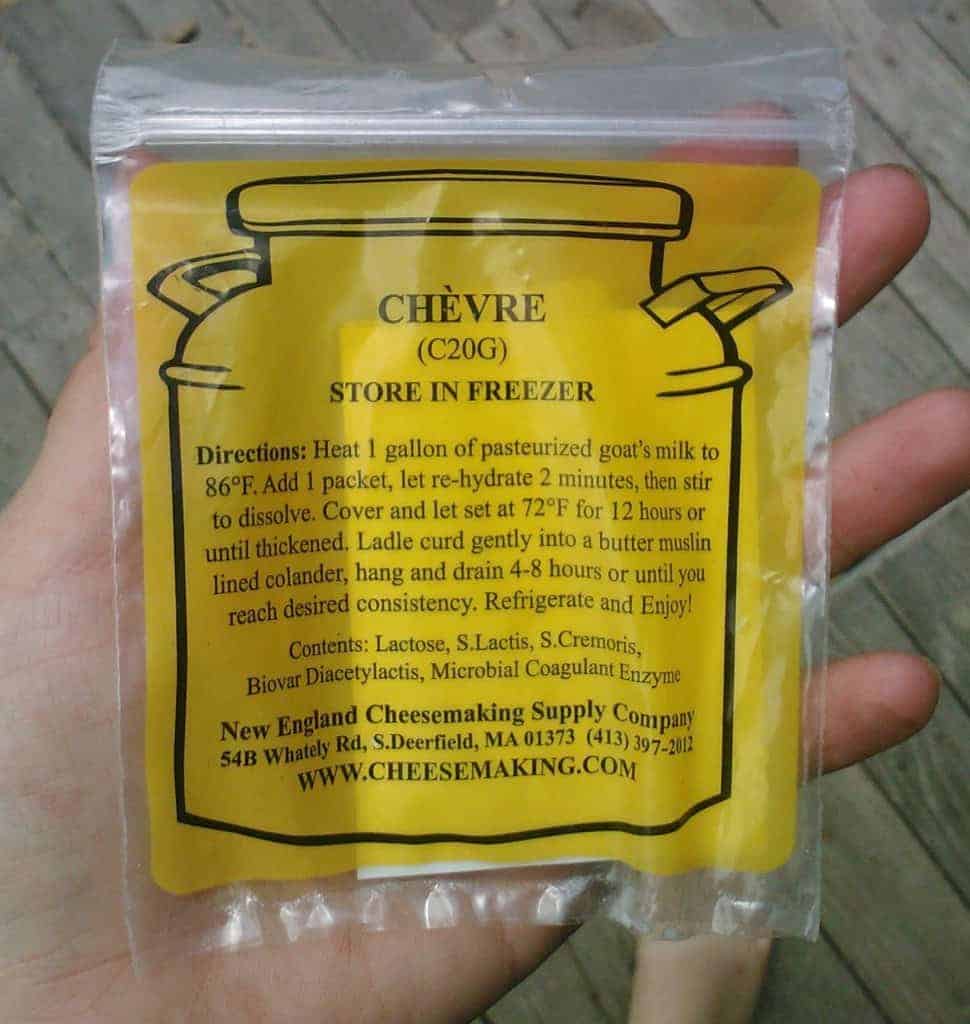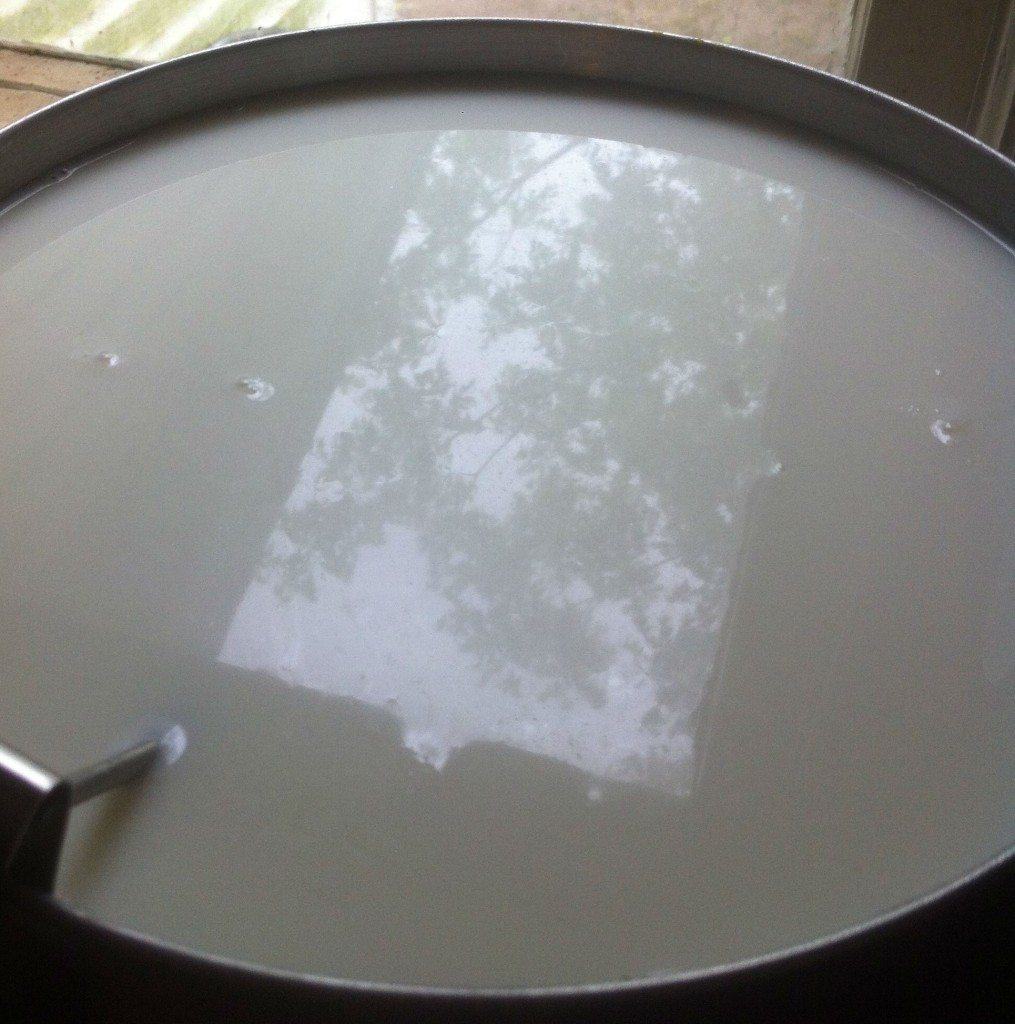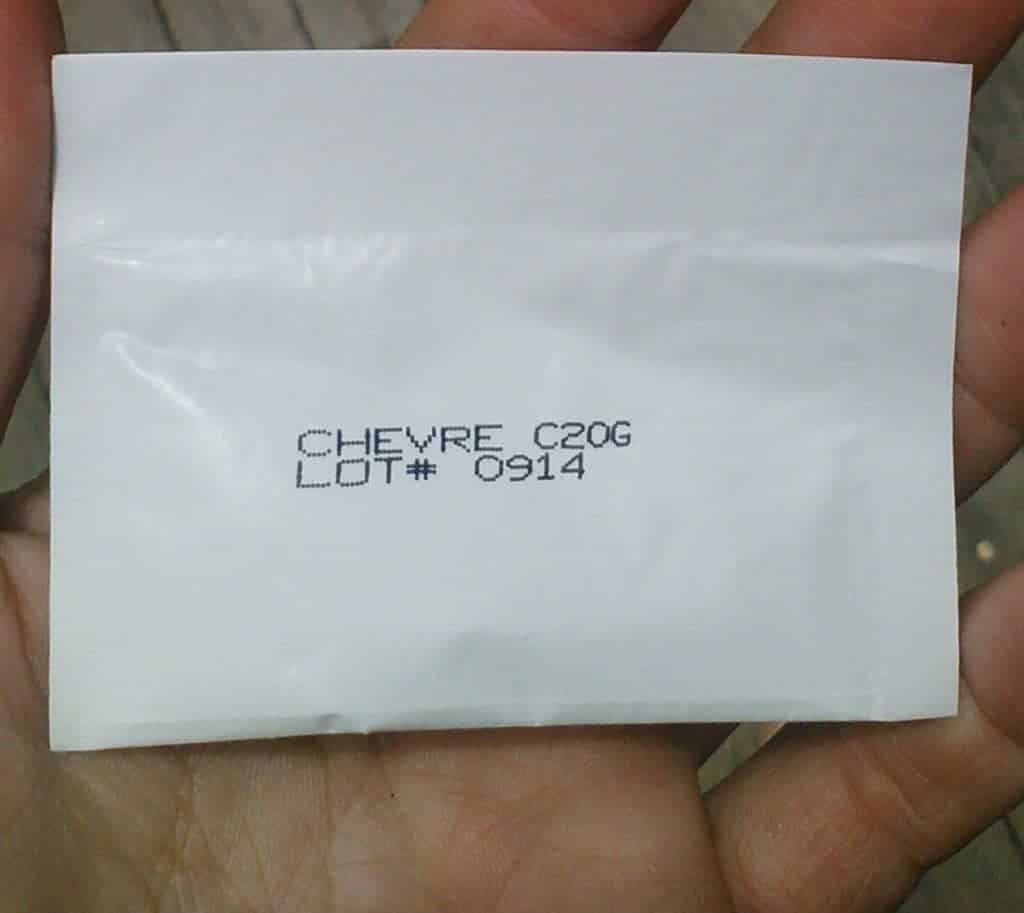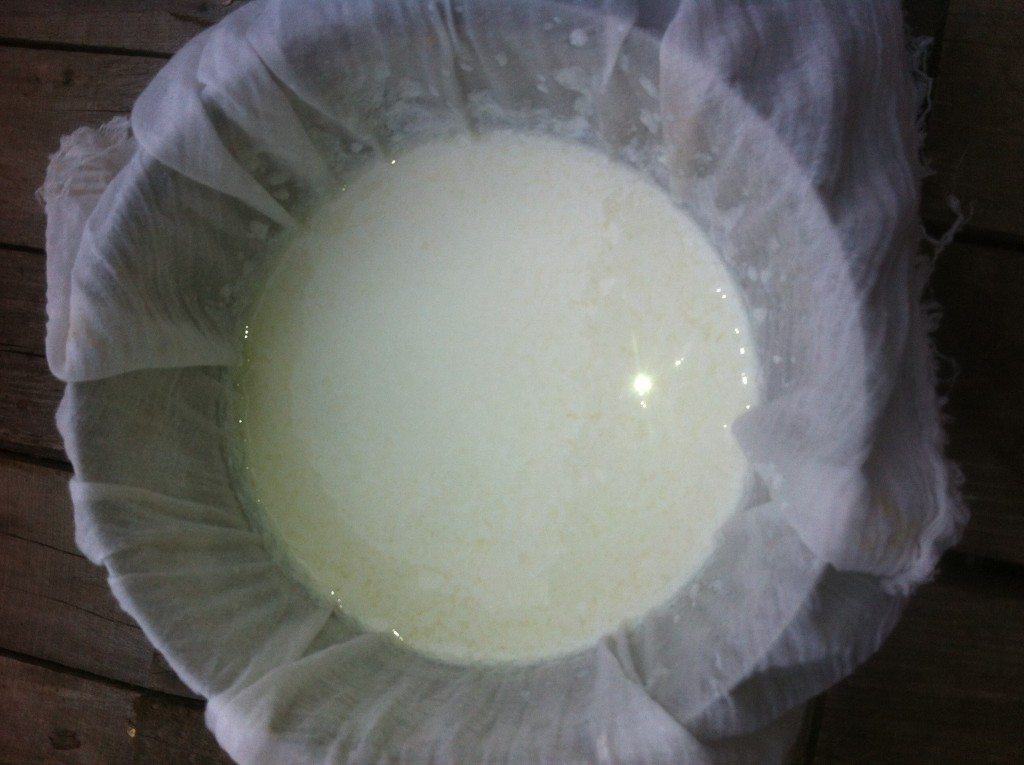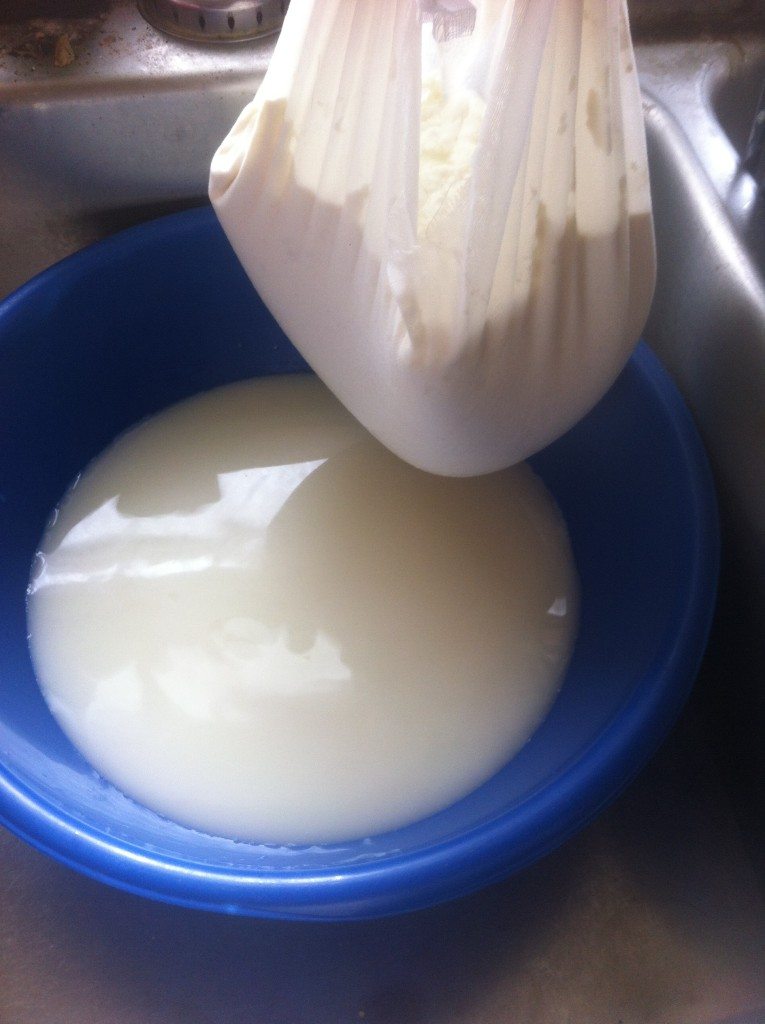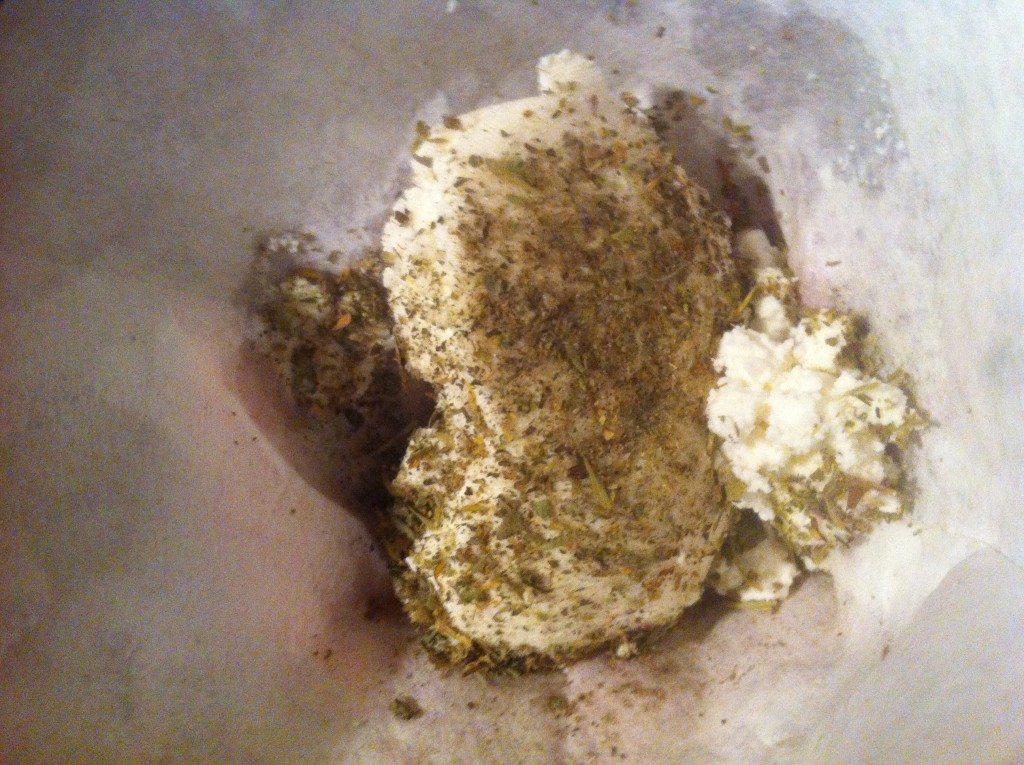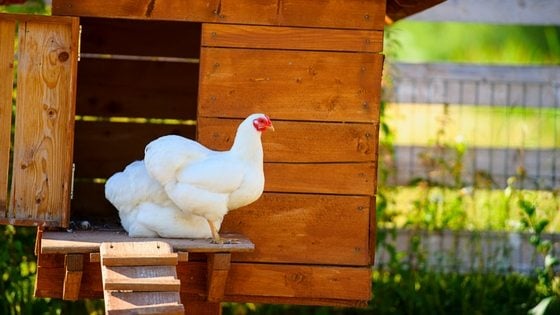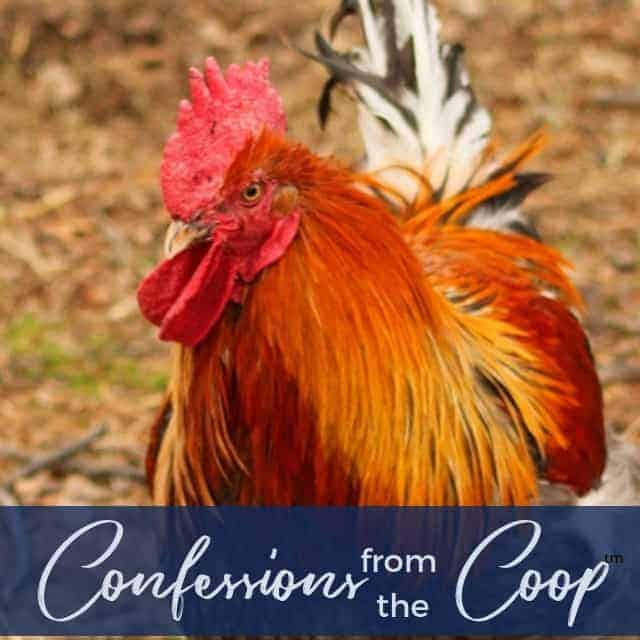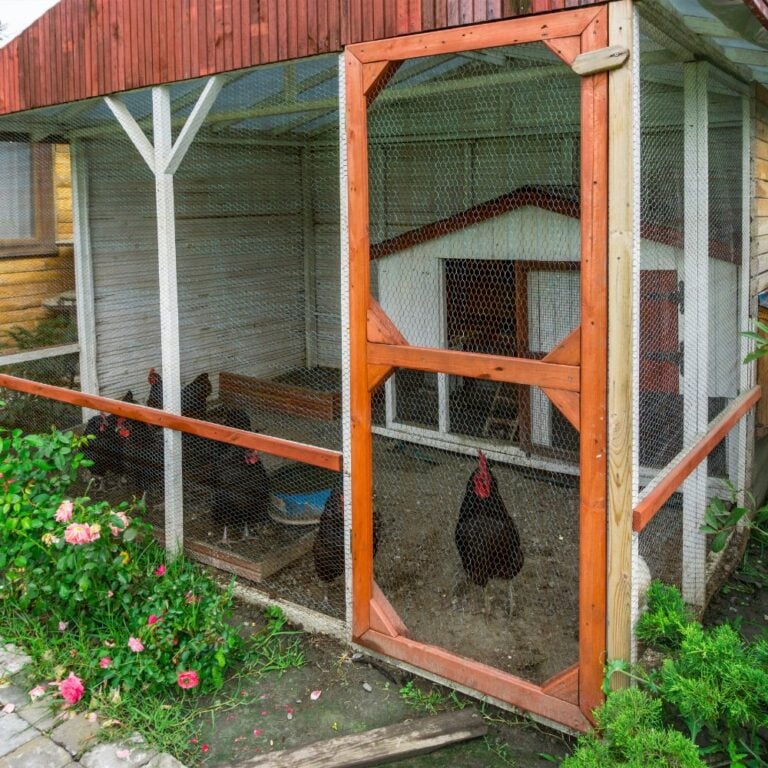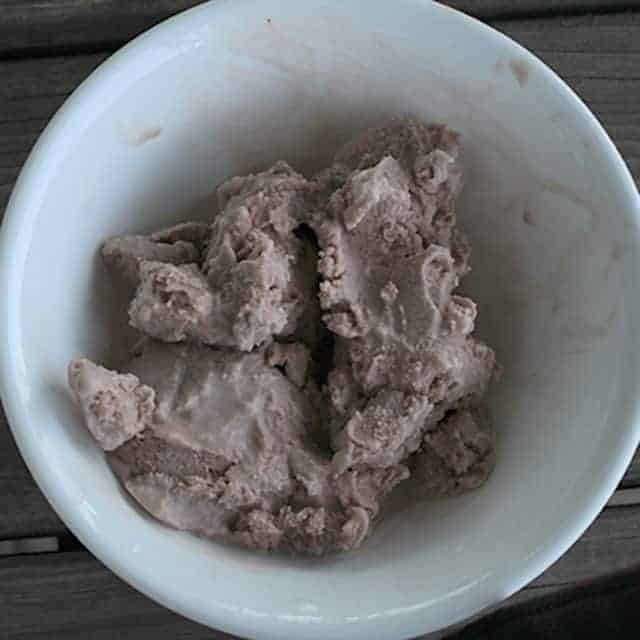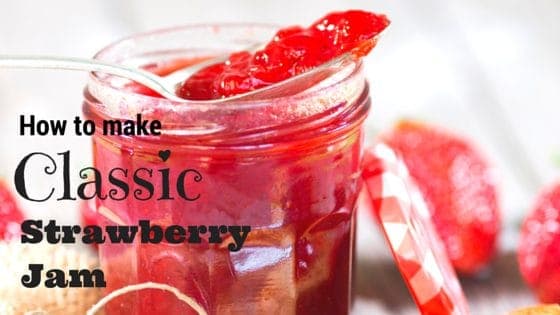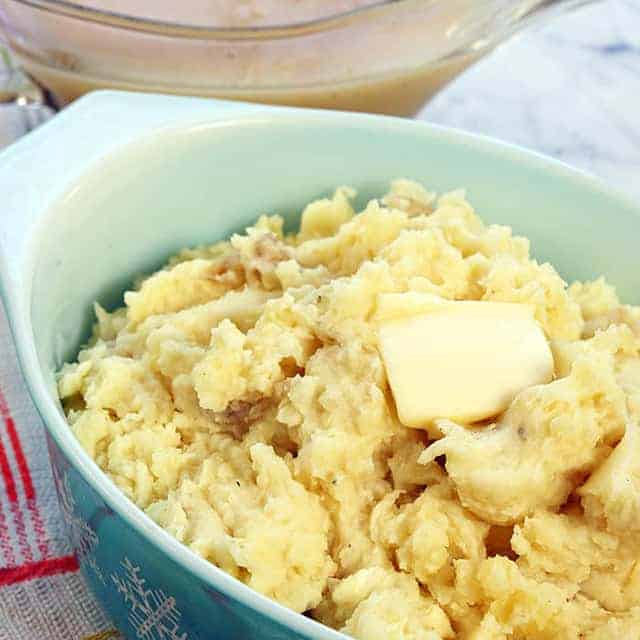Cheese is glorious. I’m sure I’m preaching to the choir. And it’s much simpler to make than you think. Chevre, like most cheeses, seems difficult to make, but is actually very simple.
So why am I on such a cheese-making kick lately?
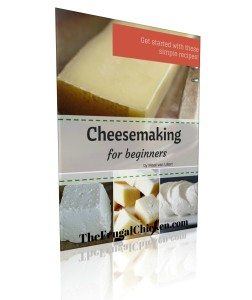
Making Chevre is Easy – Start Simple
Fresh chevre doesn’t taste “goaty” at all, as long as you use fresh milk from a reliable source (meaning the milk is medicine-free, and from goats that eat a nutritious diet). All you’ll need is chevre culture (easy to acquire), a non-reactive pot, and butter muslin.
You don’t even need a chevre mold, although if you want to use them, you can.
In this article, we’ll focus on making a simple fresh chevre, similar to Queso Blanco. Once you get the hang of this, you can try advanced techniques, such as incorporating different bacterias and ripening the cheese for a period of time, but for now, we’ll stay simple.
What is Chevre Culture?
Chevre culture is necessary to make your cheese. It’s the correct combination of good bacterias with a splash of coagulant that will turn your goat milk into glorious chevre.
If you’re a cheese geek like me, the chevre culture contains lactose, lactococcus lactis subsp. lactis, lactococcus lactis subsp. cremoris, lactococcus lactis subsp. biovar diacetylactis, and a microbial coagulant enzyme.
If you’re new to cheese making, don’t let these names turn you off – they look scary, but they’re just the scientific names for good bacteria you’ll find in any cheese (remember 6th grade science – genus and species?)
The chevre culture is inexpensive, and you’ll get 5 packets, which is enough for 5 batches. This is the exact chevre culture I use.
From one packet of chevre culture, you’ll be able to make 2 pounds of cheese.
Pretty nifty (and frugal), huh?
How to Make Chevre From Scratch
You’ll need to start with a gallon of goat milk. I keep my goat’s milk in quart-sized jars, so I need 4 of them.
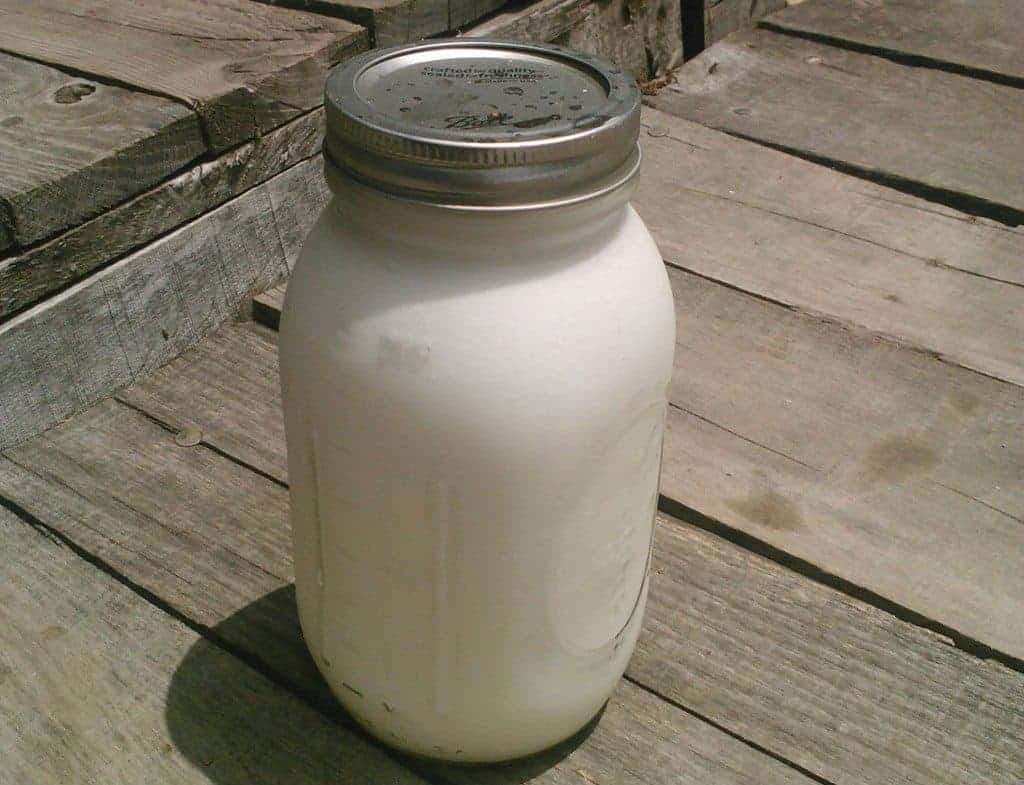
Place your goat milk into a non-reactive pot, and warm it to between 68—72 degrees. You can warm it by placing the pot into another pan of warm water (being careful to not get any water in the milk), or you can warm it on the stove.
If you warm your milk on the stove, be careful, because the milk warms faster than you think. Although your cheese will turn out ok if you heat it higher than 72 degrees, it will be more rubbery than if it was kept below that temperature.
Once the milk is at the correct temperature, remove the pot from the heat, add the chevre culture, and stir gently.
Let your milk mixture sit for 6-12 hours to let the culture proliferate and create the cheese curds. I start my cheese in the evening, then let the chevre culture do its thing overnight. You don’t need to to anything else – the culture does all the work for you.
The cheese curds will separate from the whey during this time. The longer your culture sits, the more tangy your cheese will be.
Once there’s a good separation between curds and whey, transfer your mixture to a colander lined in butter muslin. Here’s the exact butter muslin I use.
Tie up the ends of the muslin, and hang the curds to let them drain into a bowl. I hang the butter muslin from the kitchen faucet or from a hook in the kitchen. The longer you let drain, the more solid your cheese will be.
Draining can take anywhere from a few minutes, to a few hours, depending on your desired texture.
Once your chevre is drained, put it into a bowl, and keep refrigerated. Or, if you like, you can put your chevre curds into molds to solidify. Eat within 10 days.
Add Herbs!
Want to dress up your chevre? Add herbs!
It’s up to your imagination. I like adding fresh oregano, thyme, and sage. You can also add dried herbs. It’s great to add to a salad, eat with crackers, or to top spaghetti.
Want to try something different? Use your chevre to make ice cream!
Now, that was easy, wasn’t it?
Got the hang of Chevre? Try Mozzarella! Here’s one of my favorite sandwiches using chevre!
[amd-yrecipe-recipe:9]
Maat van Uitert is a backyard chicken and sustainable living expert. She is also the author of Chickens: Naturally Raising A Sustainable Flock, which was a best seller in it’s Amazon category. Maat has been featured on NBC, CBS, AOL Finance, Community Chickens, the Huffington Post, Chickens magazine, Backyard Poultry, and Countryside Magazine. She lives on her farm in Southeast Missouri with her husband, two children, and about a million chickens and ducks. You can follow Maat on Facebook here and Instagram here.

